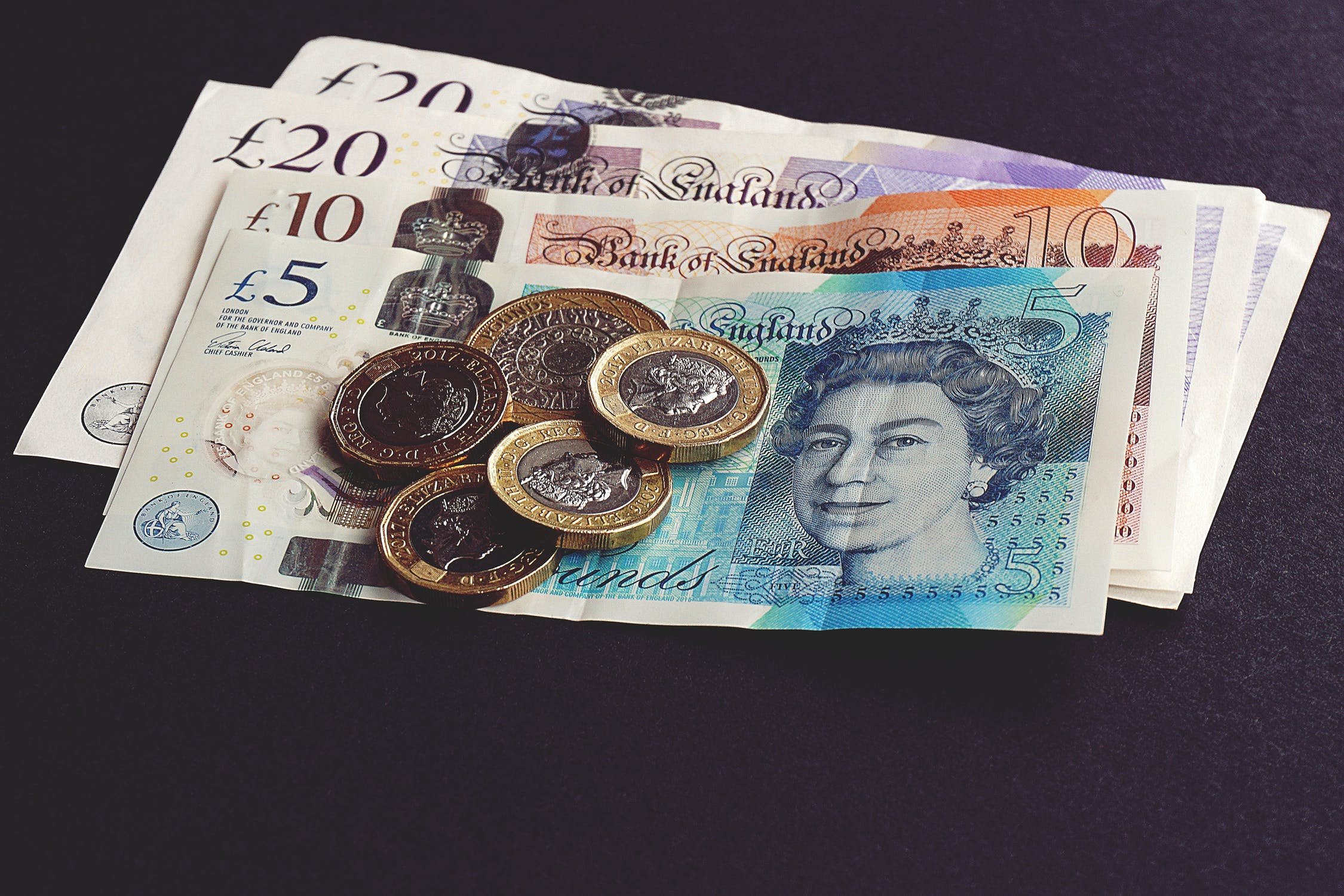The UK’s GDP is predicted to fall 35% in the year’s second quarter but expected to “bounce back quickly”, according to new data published by the Office for Budget Responsibility (OBR).
The OBR also suggested that unemployment would rise by more than 2 million to 10% over the same period, and then decline more slowly than GDP recovers.
The OBR stated it was not attempting to predict how long the economic lockdown will last – and that this was aa matter for the Government informed by medical advice – but to illustrate some of the potential fiscal effects, it had assumed a three-month lockdown due to public health restrictions followed by another three-month period when they are partially lifted.
The projections also included public sector net borrowing to increase by £218bn in 2020-21, relative to the March Budget forecast – which was to reach £273bn or 14% of GDP – before falling back close to forecast in the medium term. That would be the largest single-year deficit since the Second World War, the OBR added.
Responding to the data, Labour’s Shadow Chancellor, Anneliese Dodds, commented: “Behind these very concerning figures lie many businesses which have gone bust and many people who have lost their jobs.
“Labour has been working constructively with Government on its economic support package. It is clear that additional action needs to be taken to increase the take-up of the different measures. We have called for urgent action in relation to the loans scheme in particular, as take-up is worryingly low.
“It is absolutely critical that government now does all it can to minimise the depth and length of the economic impact from necessary anti-Coronavirus measures.”
President of provider of trade finance provider Stenn Group, Dr. Kerstin Braun, added: "The OBR's estimate of a 35% reduction in GDP from April to June is certainly likely, and demonstrates the level of economic damage at stake, but by the end of the year the gap will close to single-digits.
“The longer the shutdown, the deeper the economic damage. Household consumption is limited to essential goods, which are only about 10% of the economy. The remaining 90% is either closed or disrupted. The economy will not be able to start back up all at once – it’s not like flipping a switch.
“The recovery will be uneven. We can expect that consumer spending will be muted for some time and will only come back as jobs return and uncertainty fades.”
Latest News
-
House prices inch upwards in November – Halifax
-
Retail investors pull £4.5bn from funds in October
-
Regulators outline new plans to grow mutuals sector
-
AJ Bell reports record financial year
-
First Mortgage acquires KFH’s mortgage division
-
Advisers seeking flexible IHT solutions amid increased estate planning demand
NEW BUILD IN FOCUS - NEW EPISODE OF THE MORTGAGE INSIDER PODCAST, OUT NOW

Figures from the National House-Building Council saw Q1 2025 register a 36% increase in new homes built across the UK compared with the same period last year, representing a striking development for the first-time buyer market. But with the higher cost of building, ongoing planning challenges and new and changing regulations, how sustainable is this growth? And what does it mean for brokers?
The role of the bridging market and technology usage in the industry
Content editor, Dan McGrath, sat down with chief operating officer at Black & White Bridging, Damien Druce, and head of development finance at Empire Global Finance, Pete Williams, to explore the role of the bridging sector, the role of AI across the industry and how the property market has fared in the Labour Government’s first year in office.
Does the North-South divide still exist in the UK housing market?

What do the most expensive parts of the country reveal about shifting demand? And why is the Manchester housing market now outperforming many southern counterparts?
In this episode of the Barclays Mortgage Insider Podcast, host Phil Spencer is joined by Lucian Cook, Head of Research at Savills, and Ross Jones, founder of Home Financial and Evolve Commercial Finance, to explore how regional trends are redefining the UK housing, mortgage and buy-to-let markets.
In this episode of the Barclays Mortgage Insider Podcast, host Phil Spencer is joined by Lucian Cook, Head of Research at Savills, and Ross Jones, founder of Home Financial and Evolve Commercial Finance, to explore how regional trends are redefining the UK housing, mortgage and buy-to-let markets.
The new episode of The Mortgage Insider podcast, out now

Regional housing markets now matter more than ever. While London and the Southeast still tend to dominate the headlines from a house price and affordability perspective, much of the growth in rental yields and buyer demand is coming from other parts of the UK.
In this episode of the Barclays Mortgage Insider Podcast, host Phil Spencer is joined by Lucian Cook, Head of Research at Savills, and Ross Jones, founder of Home Financial and Evolve Commercial Finance.
In this episode of the Barclays Mortgage Insider Podcast, host Phil Spencer is joined by Lucian Cook, Head of Research at Savills, and Ross Jones, founder of Home Financial and Evolve Commercial Finance.
© 2019 Perspective Publishing Privacy & Cookies












Recent Stories